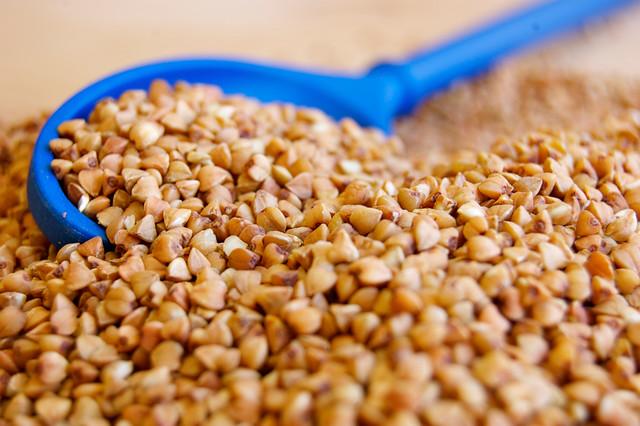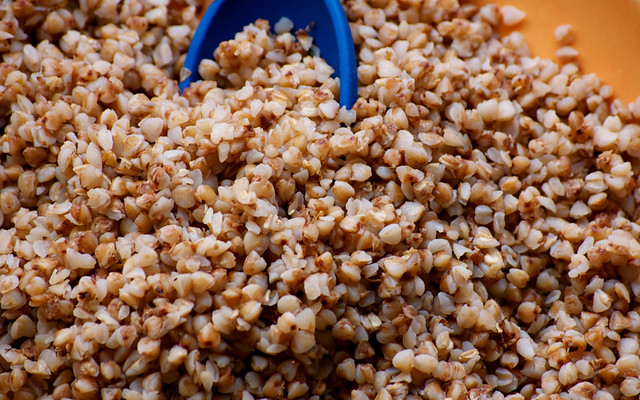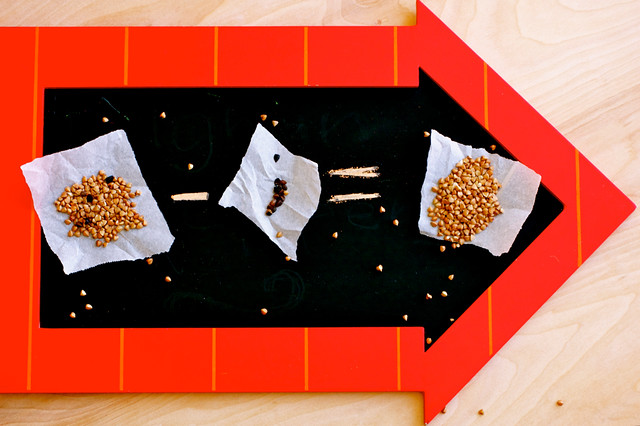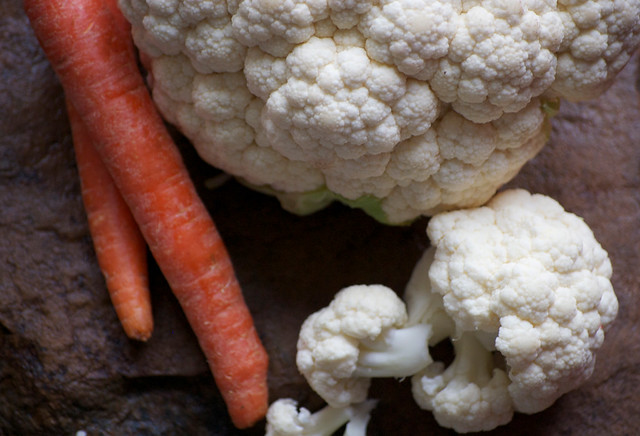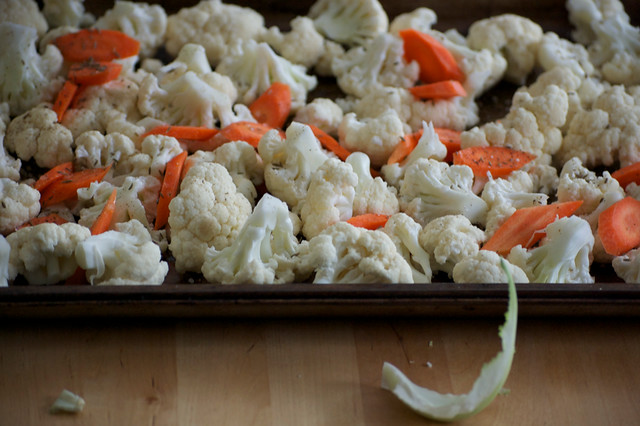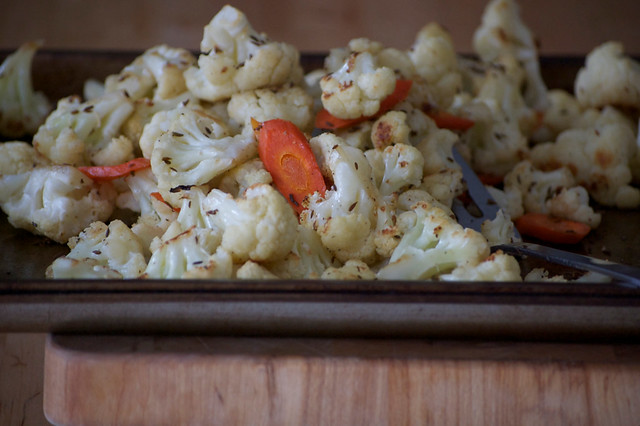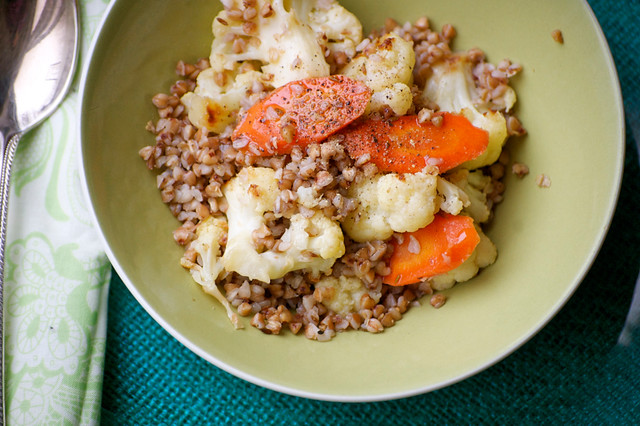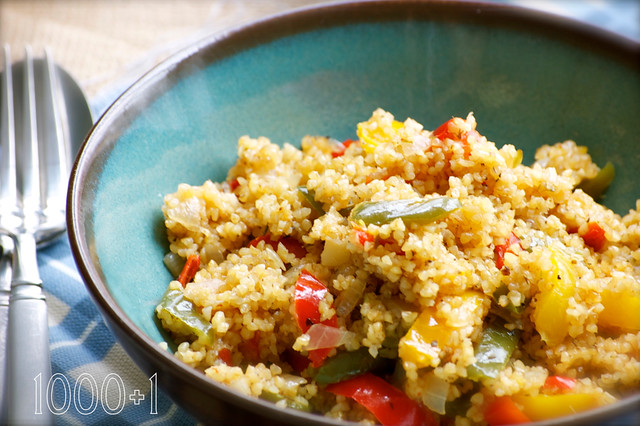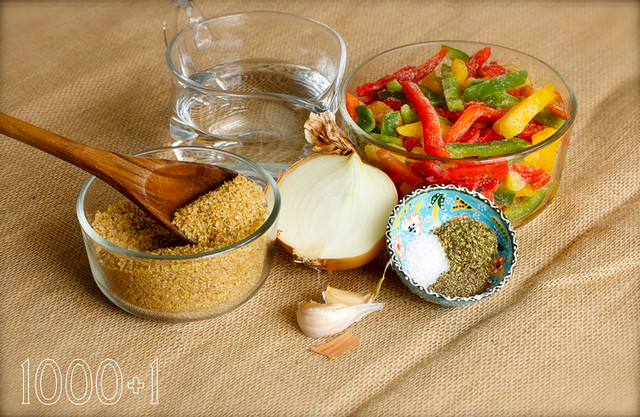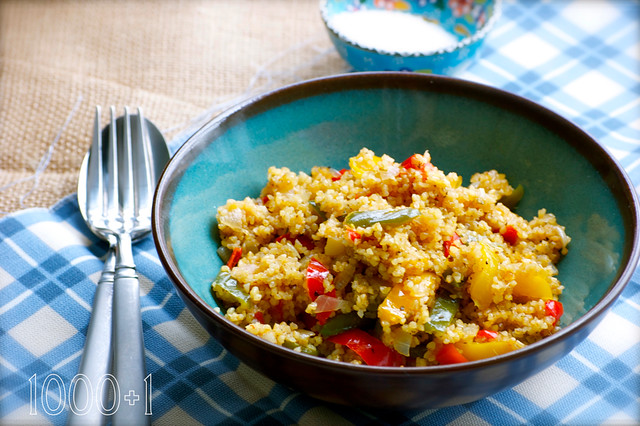Gluten-free cereal. Sounds like an oxymoron… One might argue
that there is no such thing. One who doesn’t know about buckwheat…
The fact that buckwheat is gluten-free is news to me. However, buckwheat and I go way back, to gestation trimester
number 3: my mom recalls craving buckwheat and eating tons of it when she was
pregnant with me. You can say I was «cooked» on it.
This strong tasting cereal is quite popular in Russia. Eat it in the morning with some cold milk or as a side dish, use it to stuff
cabbage leaves (however, I would not recommend: no gluten=no sicking…) or make pilafs or salads. Here in USA the tiny pyramid shaped seed is not
so popular and mostly known as «Kasha»—the roasted variety (Russian «kasha»
means «porridge» or «cereal») or used milled into flour. I’m about to change that (I hope)!
What is this mysterious gluten-free cereal? The word «buckwheat»
comes from the Anglo-Saxon words «boc» (beech) and «whoet» (wheat) because the
seed resembles a small beechnut and is the same size as a wheat kernel. A
clever name to trick an inscient gourmand.
Another interesting fact I learned latterly is that despite
its grainy name the plant is actually a fruit and the grain is but a seed. So «gluten free cereal» is not an oxymoron after all! I
still can’t wrap my brain around this discovery, but it doesn’t make me like my
kasha less.
I always knew, although not from my own experience (yet),
that buckwheat is very easy to grow. And that makes me wonder why isn’t it
popular! Another property that should make this robust tasting ingredient famous
in busy households is that it is very easy—and fast in preparation.
The benefits of buckwheat include but not limited to plant
based protein and a substantial amount of fiber. That along should make
buckwheat a star in every day vegetarian cooking! In addition, it contains all
essential amino acids and B vitamins. Including buckwheat to your diet can help
you manage high blood pressure and sugar levels if this is an area of
improvement for you… To sum up—it is perfect all around (do I sound overly
partial?)
But enough of the scientific talk. What you really need to know is where to find it. Buckwheat is sold in special Russian stores as well as in your supermarket most likely placed in an international or ethnic food isle. I find it with Jewish/Kosher foods.
Before you cook buckwheat you might want to pick little black seeds out. There might not be much, but they do ruin presentation (and crackle on your teeth)
Now take one measure of dry buckwheat and two measures of water. If you want, you can toast it before, but most likely it is sold toasted. Now put the buckwheat and water in a sauce pan, bring to boil, add a pinch of salt and let simmer on a medium heat for 20 minutes or until all the water evaporates.
You can cool and store cooked buckwheat for couple of days in a fridge. I used it for this warm salad.
◊◊◊
Buckwheat and Roasted Cauliflower Warm Salad
Serves 4 to 6
1 medium cauliflower, cut to florets
2 medium carrots, peeled and sliced on bias about 1/8˝ thick
1/2 t spoon cumin seeds
1/2 t spoon coarse sea salt +a dash
2 T spoons olive oil +1 T spoon
1 cup dried buckwheat
2 cups water
Freshly ground black pepper to taste
- Preheat oven to 400° F
- On a cookie sheet, arrange cauliflower florets and carrots, sprinkle with cumin seeds, salt and olive oil, toss and roast for 20–25 minutes
- While cauliflower is in the oven, in a saucepan combine buckwheat and water, bring to boil, add salt, cover and cook on medium heat until all the water is evaporated for 20 minutes
- When all is cooked, combine vegetables and buckwheat together, drizzle with olive oil and sprinkle with black pepper. Enjoy while it's warm!
Go on, give buckwheat a try, you will be gluten-free you did!

